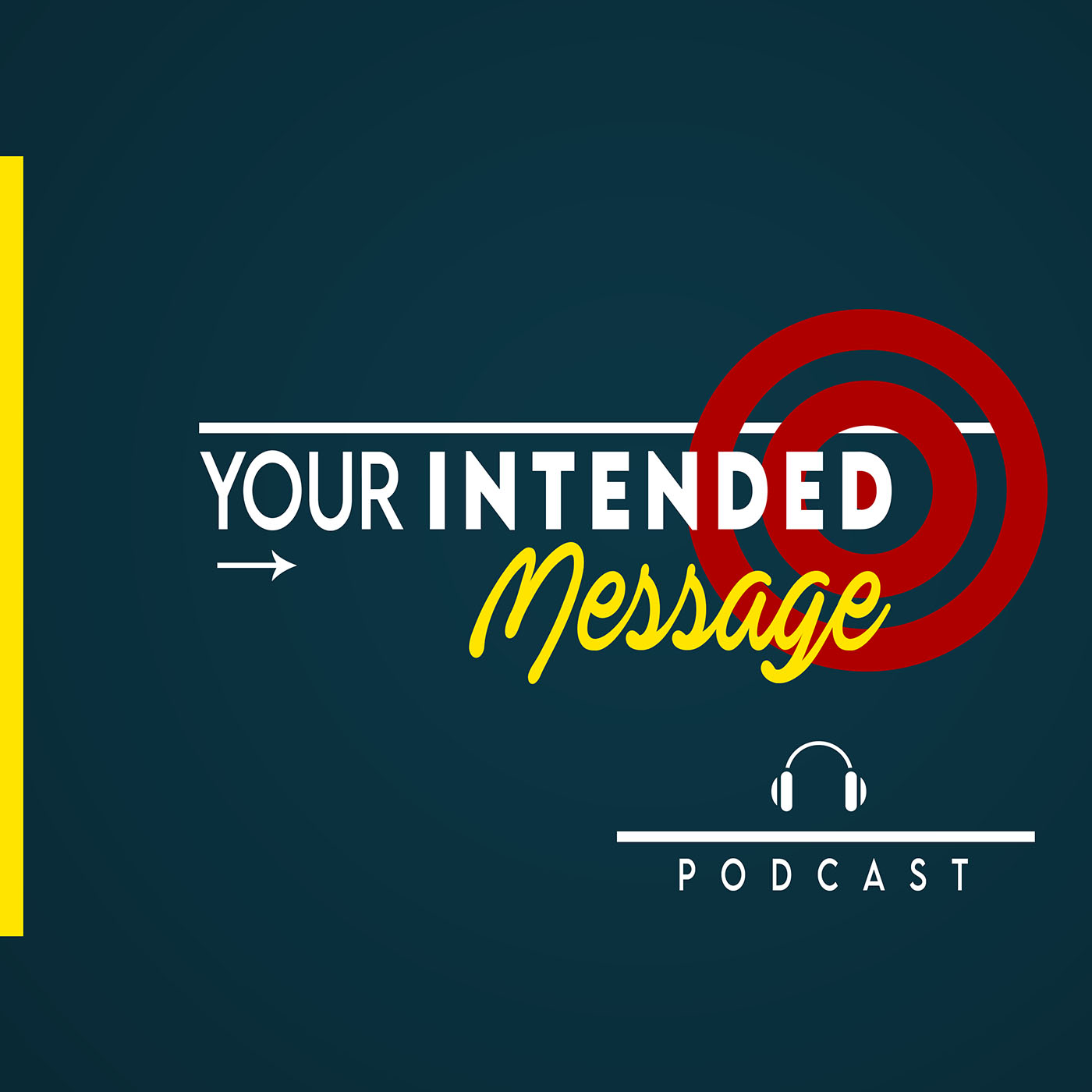
Ed Barks has 25 years experience as a specialist in media communications.
Episode 104 (Ed is based in Washington DC)
In this conversation with Ed Barks we explore:
About Ed Barks:
Ed is president of Barks Communications with 25 years experience working with communication and government relations executives to help their companies reach long-term business and public policy goals.
He is the author of four books. The most recent is "Insider Strategies for the Confident Communicator: How to Master Meetings, Presentations, Interviews and Advocacy.
https://barkscomm.com/eds-books/
-----
Excerpts from this conversation with Ed Barks
02:57
I'm going to kind of flip that a little bit George, if you don't mind and talk about the positives of it.
And when you look at how you're interacting with the media, you need a number of things. And let me focus on two right at the top.
First is your message, you need a magnetic message or George as you refer to it your intended message. So it's a matter of knowing what you're going to say it's developing that message ahead of time, and it's being able to stick to it during the course of your interview.
No matter what questions come up, and what questions the reporter may toss out, you need to keep coming back to that message. Now the second key that I'll mention is the notion of sustained professional development.
You can't just do one interview and think you've got it nailed. Or certainly you can't go into your first ever interview without any preparation in any planning. So what that indicates is that you need to over the long haul, sharpen your communications edge.
And that involves starting off perhaps with low risk situations, maybe you're talking to a local shop or a kind of newspaper or a trade journal that doesn't get a whole lot of circulation. And then you build upon that until maybe one day you're ready for CNN or the New York Times. So those are a couple of things that are key right off the top.
-----
18:22
And when when one is being interviewed by a reporter, is it is the rule that you must answer every question.
18:34
Well, you have to answer every question. Sure. But on your terms, and what I mean by that we talked we spoke a few moments ago about some techniques for dealing with Q&A.
And so you need to look at how you can manage those questions and build a bridge from that question to your intended answer your intended message.
So look at how you can take the question and build upon it and you don't want to be accused of spin.
You know, we've all heard these, Sunday morning talk shows where the host says to the senator, well, gee, isn't this a beautiful day outdoors, and the senator says, Well, yes, my favorite color is red.
You can't be talking on on two distinct planes like this, you have to find a way to meet in the middle. So that's where those techniques for Q&A come into play. And I go into those in depth in both Reporters Don't Hate You and in the most recent book, Insider Strategies for the Confident Communicator.
-----
----more----
In these interviews we will explore presentation skills, public speaking, conversation, persuasion, negotiation, sales conversations, marketing, team meetings, social media, branding, self talk and more.
Your host is George Torok
George is a specialist in communication skills. Especially presentation. He’s fascinated by the links between communication and influencing behaviours. He delivers training and coaching programs to help leaders and promising professionals deliver the intended message for greater success.
Connect with George
www.SpeechCoachforExecutives.com
https://www.linkedin.com/in/georgetorokpresentations/
https://www.youtube.com/user/presentationskills
https://www.instagram.com/georgetorok/

 The Dirty Dozen Words That Destroy Your Message
12 Words and Phrases That Sabotage Your Communication
Communication Tips from Ge
The Dirty Dozen Words That Destroy Your Message
12 Words and Phrases That Sabotage Your Communication
Communication Tips from Ge
 Charisma, Connection & Credibility: Roz Usheroff
Fear, AI & Leadership: How to Stay Human in a Digital World
The Truth About Exec
Charisma, Connection & Credibility: Roz Usheroff
Fear, AI & Leadership: How to Stay Human in a Digital World
The Truth About Exec
 A Better Way to Drive Change: Jeff Wetherhold
Why Top-Down Change Fails and how leaders can fix it
How to lead change without
A Better Way to Drive Change: Jeff Wetherhold
Why Top-Down Change Fails and how leaders can fix it
How to lead change without
 Five Roles Every High-Perfroming Team Need: Mark Murphy
Don't force teamwork, harness your team's superpowers
Great teams don't need to
Five Roles Every High-Perfroming Team Need: Mark Murphy
Don't force teamwork, harness your team's superpowers
Great teams don't need to